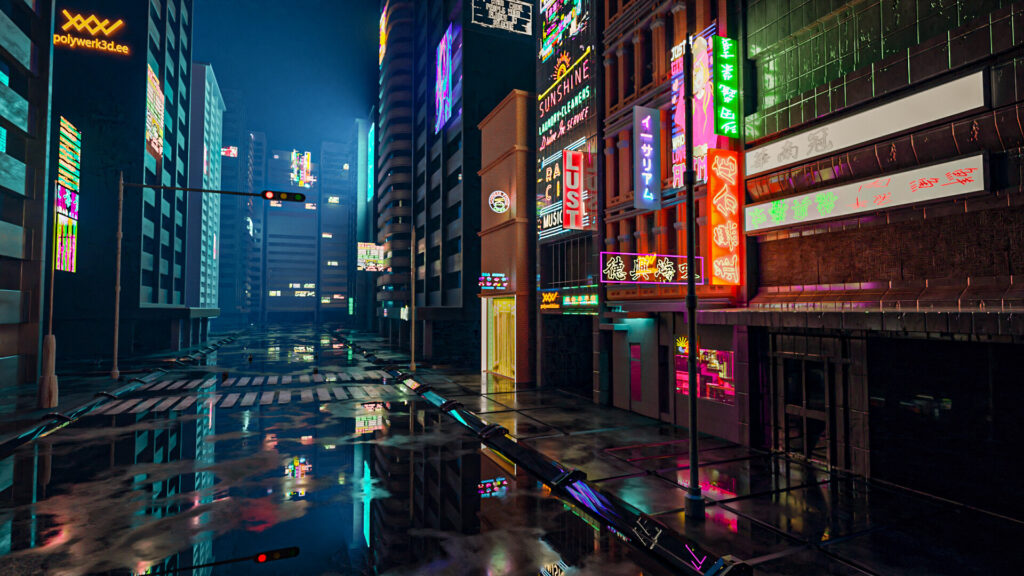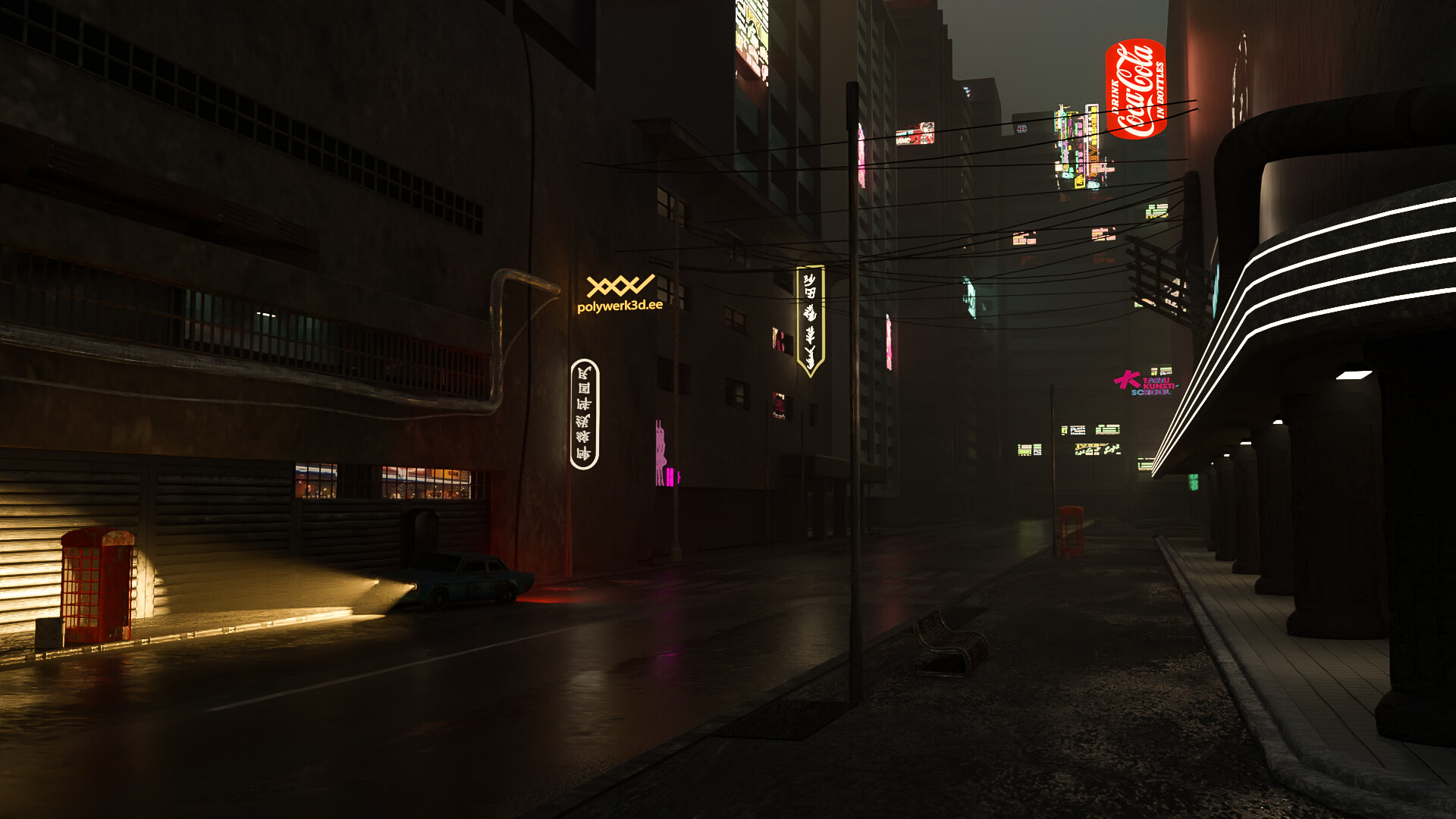
Haunting Abandoned Places: 3D Ghost Towns
In the sprawling digital realm, countless edifices stand tall, representing the brilliance of human innovation and creativity. These edifices aren’t made of brick and mortar; they’re composed of pixels and polygons. Just as in the real world, where old buildings and entire towns are sometimes left to decay, there exists a parallel universe in the 3D-design space: the world of “3D Ghost Towns”.
The Eerie Landscape of Digital Wastelands
Imagine wandering through a digital realm, discovering incredibly detailed, awe-inspiring 3D models of gothic mansions, ancient fortresses, and bustling metropolises. These models have been meticulously designed, showcasing the craftsmanship of artists from every corner of the globe. Yet, these designs, like many abandoned places in the physical world, remain desolate and unseen, hidden away in the private repositories of their creators.
Billions of these designs have been crafted, each unique, telling its story, and imbued with the passion and dedication of its creator. But here’s the tragic twist: a vast majority remain inaccessible to the world. They are the forgotten relics of the digital age, left to collect proverbial dust on hard drives and cloud storage.

Sharing: The Path to Sustainable 3D Design
Every 3D model created consumes resources. Computers work tirelessly, running complex calculations, consuming electricity, and in turn, contributing to the carbon footprint. For every new design made from scratch, there’s a cascading environmental cost, from the power consumption of workstations to the servers that host software and resources.
Now, imagine the global implications if designers could access and repurpose those billions of ‘abandoned’ designs. By harnessing models that have already been crafted, designers could significantly reduce the environmental toll associated with starting from scratch.
Reusing and adapting pre-existing models could dramatically lower power consumption and, by extension, the digital design world’s carbon footprint.
Beyond environmental considerations, sharing and reutilizing 3D designs could spark new waves of collaboration and creativity. Instead of everyone reinventing the digital wheel, designers could build upon each other’s work, leading to innovation at an unprecedented pace.
The Legacy of Digital Ghost Towns
Every hauntingly beautiful structure in a 3D Ghost Town embodies potential – potential to inspire, to educate, and to reduce the environmental impact of digital creation. Sharing platforms like Sketchfab have begun tapping into this potential, allowing creators to showcase, share, or even sell their designs. But more can be done. By establishing open-source repositories or platforms dedicated to the collective sharing of 3D designs, we could usher in a renaissance of sustainable digital design.
In Conclusion
The haunting allure of abandoned places, whether physical or digital, often lies in their untold stories and the mysteries they hold. The 3D Ghost Towns represent vast untapped reservoirs of creativity and innovation. By bringing these digital ghost towns back to life and into the public domain, we could not only elevate the world of 3D design but also take meaningful steps towards a more sustainable and collaborative future.
.
The challenge, and opportunity, lies in shifting from a culture of hoarding to one of sharing, where every design, no matter how old or forgotten, has a chance to shine and serve a purpose once again.
